Rani-ki-Vav, or the “Queen’s Stepwell,” is a famous stepwell in India which was intricately constructed in the 11th century AD.
It is located near the town of Patan in North Gujarat, on the banks of the Saraswati River.
Built as a memorial to King Bhimdev I by Queen Udayamati, it measures 210 feet in length and is among the largest monuments in Gujarat.
According to UNESCO, these kind of stepwells have been constructed on the Indian subcontinent since the 3rd millennium BC as a distinctive form of subterranean water resource and storage system.
They also provide shade from the relentless summer heat and a — literally — cool place for socializing.
The earliest wells were simple pits; over the centuries, they evolved into multi-tiered elaborate works of art.
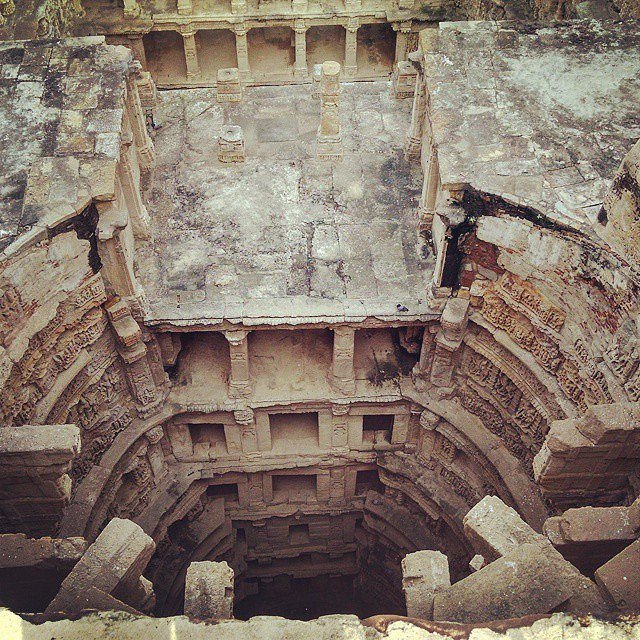
The stepwell, or vav, was constructed during the Chaulukya dynasty, and references to the building can be found in the Sanskrit text Prabandha Chintamani, written by Merunga Suri in 1304 AD.
It is said that Queen Udayamati commissioned the monument in honor of her deceased husband, King Bhimdev I.
Apart from its function as a water storage system, the stepwell is also known for its beautifully detailed Maru-Gurjara architecture.
The galleries are lined with more than 500 intricately carved principle sculptures, and around one thousand minor sculptures, which “combine religious, mythological and secular imagery, often referencing literary works,” according to UNESCO.
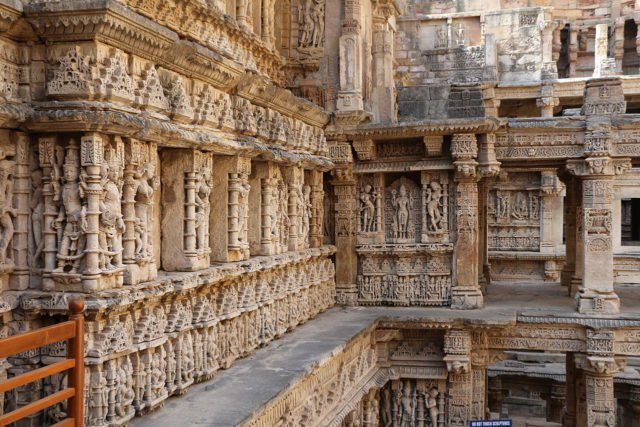
The ten incarnations of Vishnu, or “Dasavatars,” form the main theme for the central level. Statuary dedicated to the gods Shiva, Brahma, Ganesh, and Lakshmi can be seen in other galleries.
Other sculptures represent female figures showing the 16 elements of body decoration, called Solah Shringar.
The water storage system is also known for its great spiritual significance, with ayurvedic plants around it that were used to treat diseases and fever.
Reporting on its inclusion in UNESCO’s World Heritage List, Business Insider described Rani-ki-Vav as “an inverted temple highlighting the sanctity of water, it is divided into seven levels of stairs with sculptural panels of high artistic quality.”
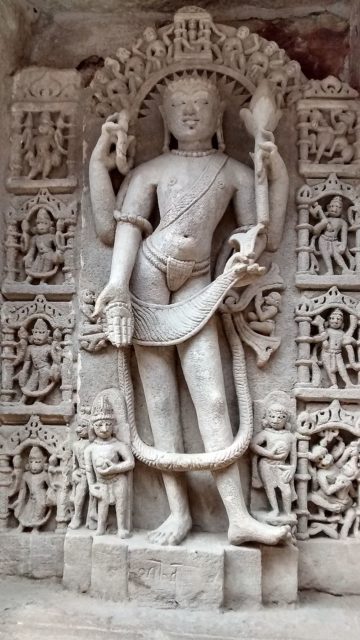
The steps begin at ground level and lead down to the well, 90 feet below. The well shaft itself is sunk to a further 100 feet from the western end of the forth (deepest) level.
From the lowermost part of the stepwell, an image of Vishnu on Shesh-Shaiyya (Vishnu lying on a bed made from a coil of the serpent Shesh) can be seen.
At the last step, there is a small gate to an eight-mile-long tunnel which leads to Sidhpur, the nearest town to Patan. This served as an escape route for the king so he could not be trapped in the well by his enemies.
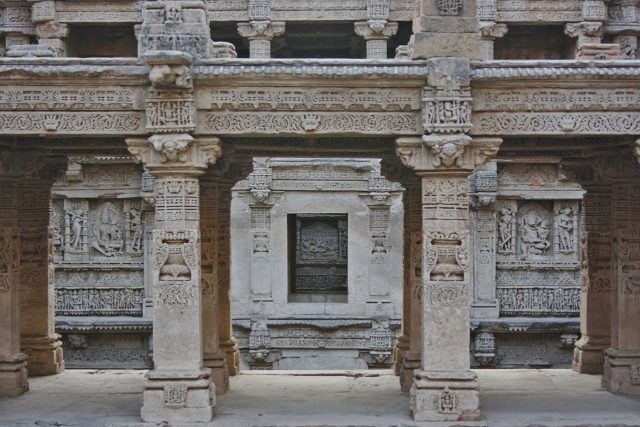
In the 13th century, the Queen’s Stepwell was flooded by the nearby Saraswati River and parts of the lower level, including the escape tunnel, are blocked by silt and stones that washed inside the structure.
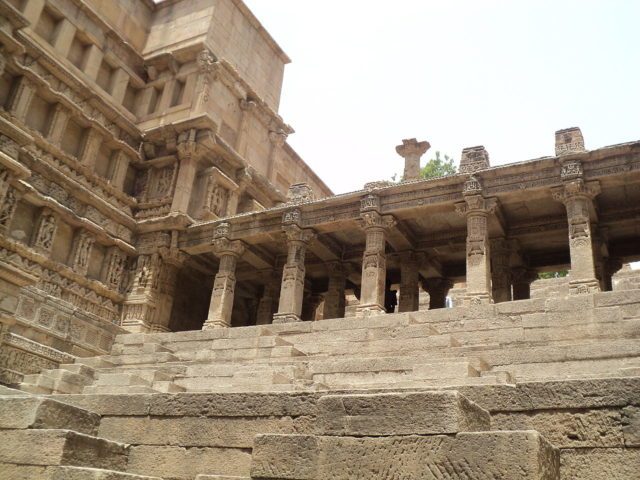
Rani-ki-Vav is formally designated as an ancient monument of national importance, and gained UNESCO World Heritage status on June 22, 2014. It is protected by the Ancient Monuments and Archaeological Sites Act of 1958.
City of Darkness: The most densely populated place on earth is now abandoned
Beating ten other iconic heritage structures across the country, the vav bagged an award for the “Cleanest Iconic Place” at the Indian Conference in 2016 in New Delhi, and it was inaugurated by Prime Minister Narenda Modi.
